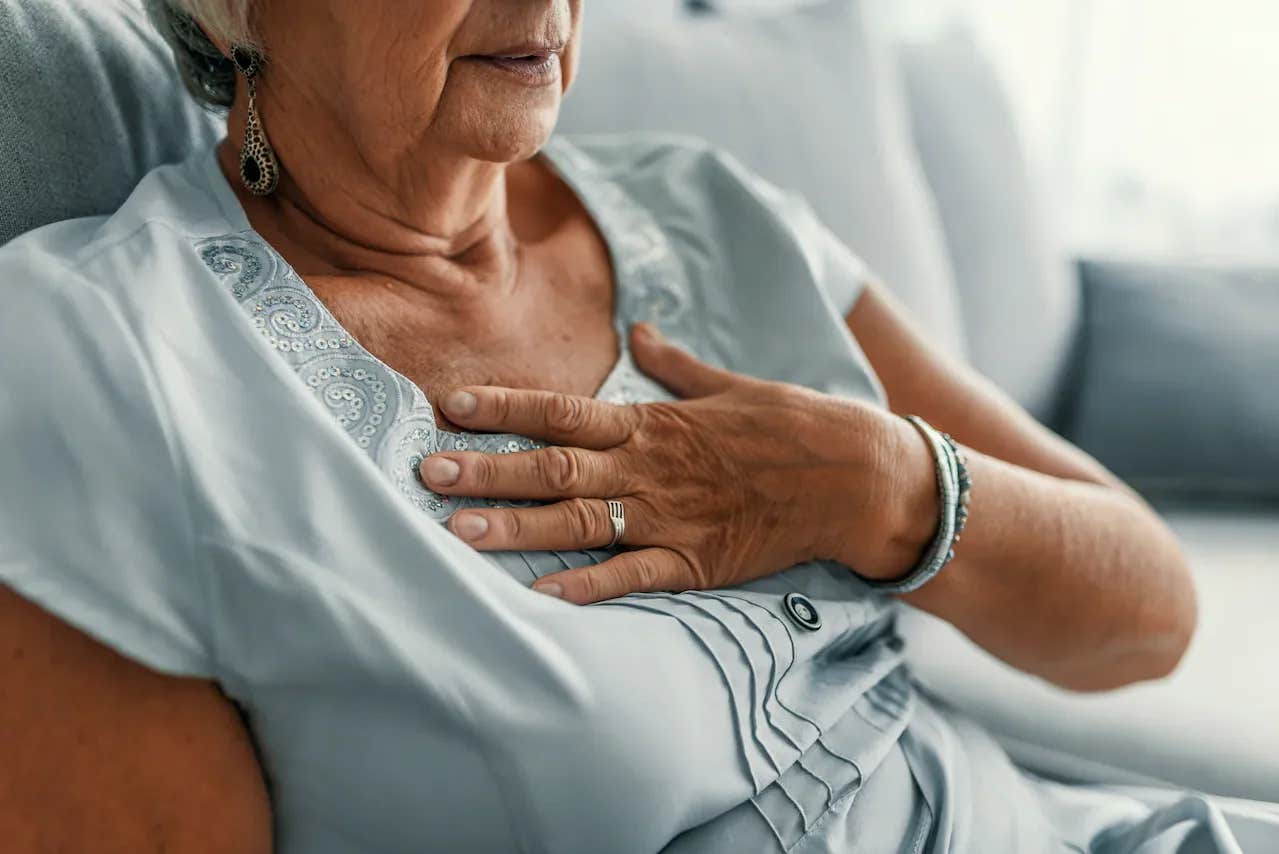Groundbreaking proteins repair heart muscle and regenerate organs
This approach holds promise for developing treatments that could address the underlying causes of heart failure

Researchers at the UNC School of Medicine have made a significant advance in the promising field of cellular reprogramming and organ regeneration. (CREDIT: Shutterstock)
A recent study at the University of North Carolina at Chapel Hill has revealed a groundbreaking discovery in cellular reprogramming, potentially paving the way for innovative treatments to heal damaged hearts.
The research, led by Li Qian, PhD, from the UNC School of Medicine, focuses on a protein known as Ascl1, which, in combination with another protein, Mef2c, can transform scar tissue cells into healthy heart muscle cells, offering a new avenue in cardiac therapy.
Published in the journal Cell Stem Cell, this study demonstrates a more efficient method to reprogram fibroblasts—cells that generate the stiff tissue contributing to heart failure—into cardiomyocytes, the muscle cells essential for heart function.
This approach holds promise for developing treatments that could address the underlying causes of heart failure and potentially other conditions linked to fibroblast overactivity.
Fibroblasts are responsible for producing fibrous tissue that, while part of the body's healing process, can lead to complications when excessive. This tissue stiffens the heart muscle after events such as heart attacks, contributing to heart failure, a leading cause of death worldwide.
Reprogramming these fibroblasts into cardiomyocytes could, therefore, become a future strategy for treating heart disease by reversing or preventing the damaging effects of fibrous tissue formation.
At the heart of this new technique is Ascl1, a protein previously recognized for its role in neuron formation. Initially thought to be specific to neurons, Ascl1 has now been found to activate genes crucial for creating cardiomyocytes as well. This unexpected discovery offers a new perspective on the versatility of transcription factors—proteins that help turn specific genes on or off—and their potential to reprogram various cell types.
Related Stories
“It’s an outside-the-box finding, and we expect it to be useful in developing future cardiac therapies and potentially other kinds of therapeutic cellular reprogramming,” said Qian, the study's senior author.
Over the past 15 years, scientists have developed various methods to reprogram adult cells into stem cells, which can then be induced to become different types of adult cells. More recent advancements have focused on direct reprogramming, which bypasses the stem cell stage entirely, converting one mature cell type directly into another. This method is not only faster but could also reduce the risks associated with stem cell therapies, such as the potential for tumor formation.
Qian's team aimed to compare the gene activity patterns and regulatory factors involved in reprogramming fibroblasts into three different cell types: cardiomyocytes, liver cells, and neurons. During this comparison, they discovered that fibroblasts reprogrammed into neurons also activated a set of cardiomyocyte genes. The key player in this unexpected gene activation was Ascl1, one of the transcription factors used to create neurons.
Building on this discovery, the researchers experimented by adding Ascl1 to the existing cocktail of transcription factors used for cardiomyocyte reprogramming. The results were astonishing. The addition of Ascl1 increased the efficiency of the reprogramming process by more than tenfold, reducing the need for the original three-factor combination. In fact, the researchers found that they could achieve successful reprogramming with just two factors: Ascl1 and Mef2c.
Further experiments revealed that Ascl1 alone can activate both neuron and cardiomyocyte genes. However, when combined with Mef2c, Ascl1 shifts its focus, working synergistically to activate a broad set of cardiomyocyte genes, enhancing the reprogramming process.
“Ascl1 and Mef2c work together to exert pro-cardiomyocyte effects that neither factor alone exerts, making for a potent reprogramming cocktail,” Qian explained.
This finding challenges the previous assumption that transcription factors are limited to reprogramming specific cell types. Instead, it opens up new possibilities for developing versatile and efficient reprogramming strategies. The implications extend beyond heart disease; fibroblast overactivity is linked to various conditions, including chronic obstructive pulmonary disease, liver disease, kidney disease, and stroke-induced brain damage.
Looking ahead, Qian's team is working on creating a synthetic protein that combines the key components of Ascl1 and Mef2c. The goal is to develop a two-in-one protein that could be injected directly into failing hearts, reprogramming harmful fibroblasts into functional cardiomyocytes. Such a therapy could revolutionize the treatment of heart failure, providing a minimally invasive option to repair and regenerate heart tissue.
The study, titled “Cross-lineage Potential of Ascl1 Uncovered by Comparing Diverse Reprogramming Regulatomes,” was co-authored by Haofei Wang, Benjamin Keepers, Yunzhe Qian, Yifang Xie, Marazzano Colon, Jiandong Liu, and Li Qian. Their work represents a significant step forward in the quest to harness cellular reprogramming for therapeutic purposes, bringing the medical community closer to realizing the full potential of this cutting-edge science.
This discovery not only adds to the growing understanding of cellular reprogramming but also highlights the importance of exploring unconventional pathways in scientific research. As these techniques continue to evolve, they could lead to new treatments for some of the most challenging and prevalent diseases, offering hope to millions of patients worldwide.
Funding was provided by the American Heart Association and the National Institutes of Health (T32HL069768, F30HL154659, R35HL155656, R01HL139976, R01HL139880).
Note: Materials provided above by The Brighter Side of News. Content may be edited for style and length.
Like these kind of feel good stories? Get The Brighter Side of News' newsletter.



